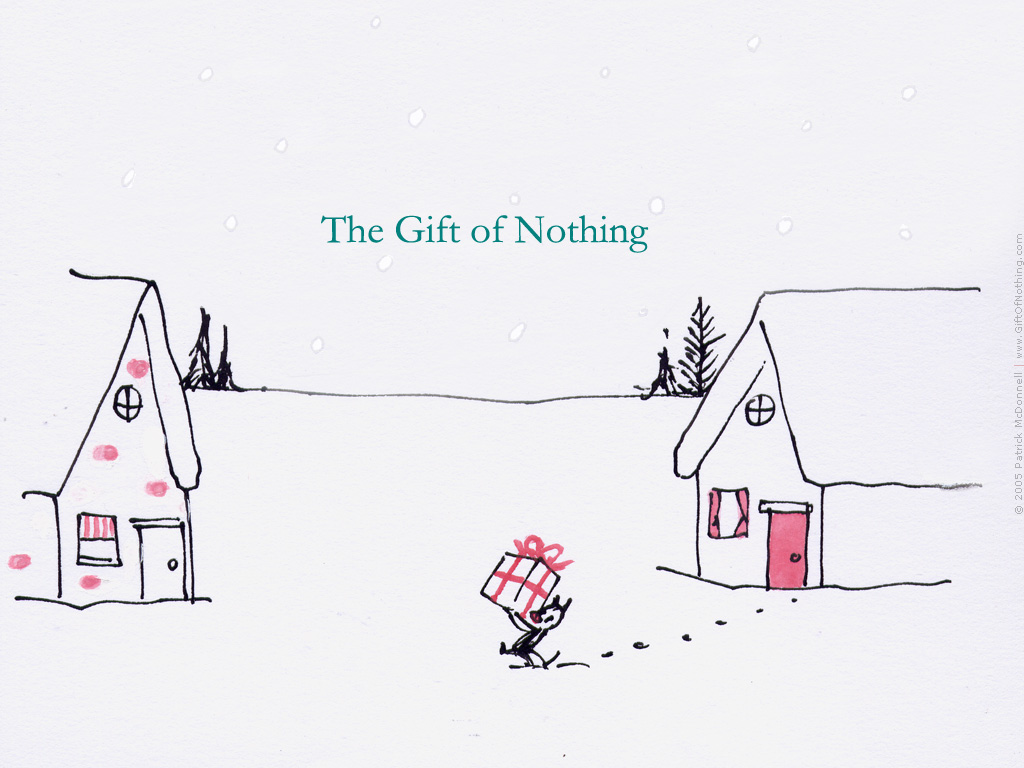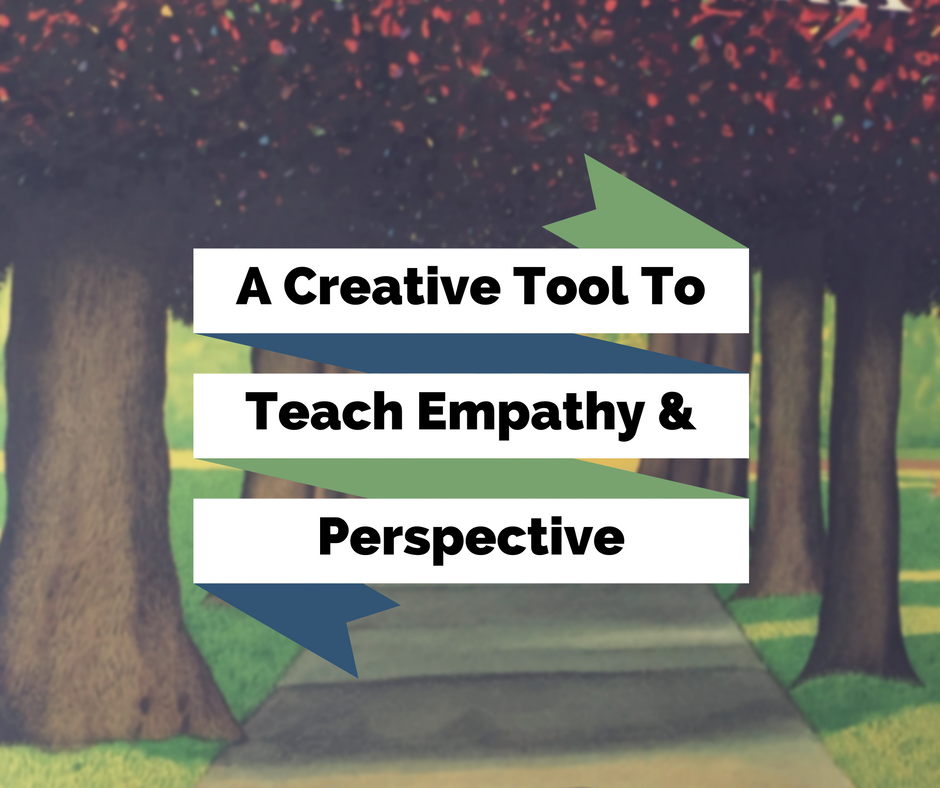
During the gift-giving craze of the holiday season, it’s easy to get overwhelmed on the toy aisles. According to the Toy Industry Association, the U.S. toy market exceeded $19.48 billion in 2015 and the final numbers are expected to rise when the data is compiled for 2016. Since Americans are also expected to spend an average of about $800 on gifts, it’s safe to say that most U.S. consumers will be purchasing at least one toy during the holidays. The Toy Industry Association also projected STEM to be a top tend in the 2016 toy market because of the increasing emphasis on science, technology, engineering and math skills in the changing economy.
With this surge in STEM toys in the marketplace, how can gift-givers choose toys that best support the critical thinking skills that children need to create and innovate?
Here are three tips that will help you select the best STEM toys for the all the children on your list:
STEM toys should promote inductive and deductive thinking.
Inductive thinking encourages kids to build off their observations to test and generate larger theories. Deductive thinking challenges kids to start with a general theory or hypothesis and then test it within the context of their own experiment. Does the toy encourage children to formulate, test, or generate different theories or hypotheses about how something works?
STEM toys should develop systems thinking skills.
Systems thinking requires creators and innovators to consider how different parts and linkages work together within a larger network or system. Modern technology is built off complex systems that can be understood through smaller segments and parts, so it’s important for children to practice these skills. Does the toy help children learn how smaller parts work together to create a more complex whole?
STEM toys should encourage kids to solve problems.
This might seem obvious, but STEM thinking is about solving problems and creating innovative solutions. Therefore, STEM toys should allow kids to solve problems by creating their own solutions. Does the toy promote problem solving skills?
Hopefully, these simple tips will make your shopping duties easier, but if you’d like some more specific examples of the latest STEM toys, check out this GIFT GUIDE we found at heavy.com.




